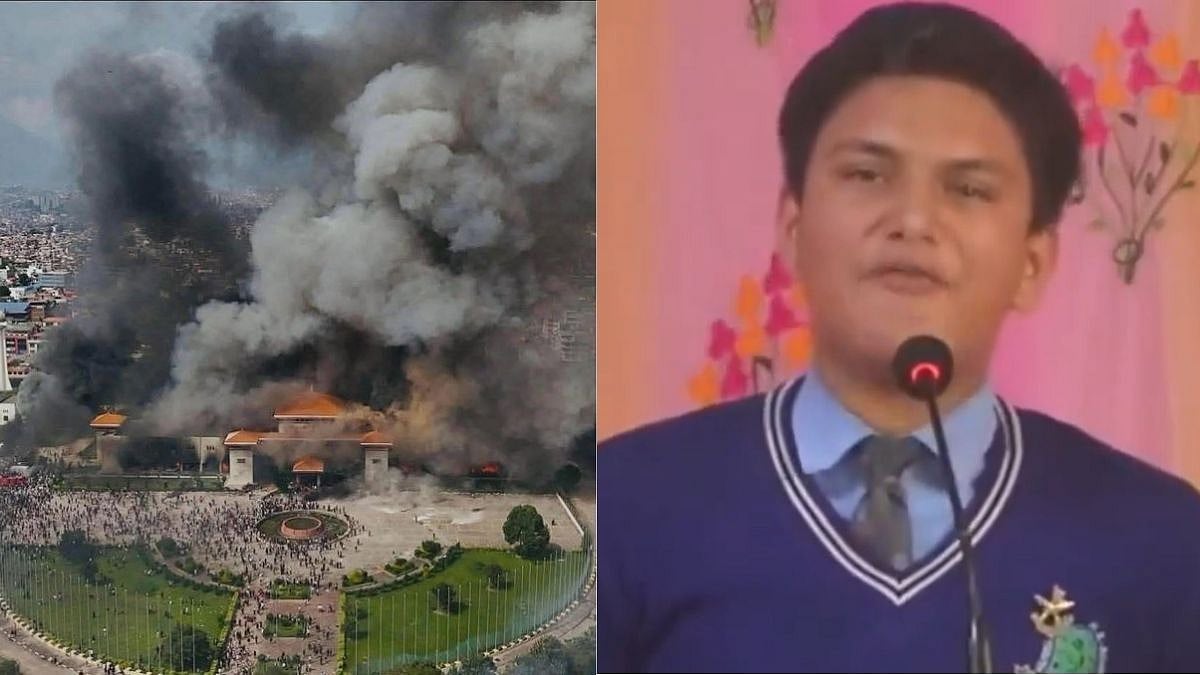Mumbai: In a significant leap for battlefield infrastructure, researchers from the Indian Institute of Technology Bombay (IIT-B) and the College of Military Engineering (CME), Pune, have developed lightweight modular bunkers designed to withstand artillery fire, missile impacts and aerial strikes.
Built from prefabricated concrete components, these bunkers are engineered for rapid deployment in forward areas and can be assembled by hand without specialised tools or heavy machinery.
“These high-performance modular bunkers shall ensure the safety of military personnel and assets, in addition to improving combat readiness and operational resiliency of armed forces,” said Professor Manish Kumar from IIT-B, who led the research effort. “This is especially important in the context of recent developments in drone warfare and loitering munitions.”
The research, spanning nearly nine years, focused on creating structures that are both practical to deploy and resilient under fire. The bunkers, also referred to as Permanent Defence (PD) shelters, are constructed using ultra-high performance concrete (UHPC) blocks and curved roof panels. Each block weighs less than 20 kilograms and is designed to interlock, allowing assembly in remote and inaccessible locations without the need for cranes or mixers.
Curved roof panels, specially designed to deflect incoming blasts, were found to offer five times greater resistance than flat slabs of the same thickness. The design allows the walls to be scaled in thickness based on threat level, and the bunkers have been tested extensively against ballistic and high-explosive threats.
Field trials, conducted at the Mechanised Infantry Centre and School (MICS) in Ahilyanagar, involved constructing both conventional and modular PD shelters for comparison. The high-performance versions showed a remarkable improvement in protection, achieving comparable or better results with only one-fourth of the wall thickness. The bunkers withstood repeated missile strikes without structural failure, and also showed a significant reduction in spalling and fragmentation—key factors in safeguarding personnel inside.
Lt. Col Bharatbhushan More led the trials on behalf of CME, continuing work that was initiated by Lt. Col Alok Dua. The team also optimised the design for rapid field implementation, aiming to meet operational demands in high-risk, time-sensitive situations.
Select findings from the project have been presented at leading international defence and engineering conferences, including the 26th International Symposium on Military Aspects of Blasts and Shocks in Australia and the 27th SMiRT conference in Japan.
The team believes this modular system could be a valuable asset for India’s armed forces operating in volatile border zones, offering a practical and resilient solution to modern battlefield threats.











